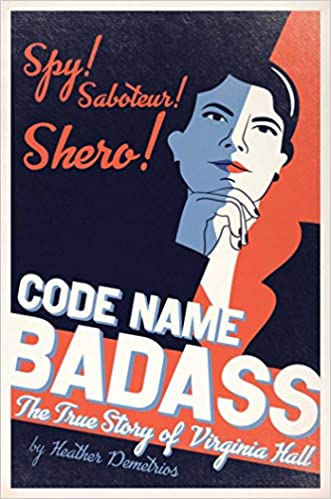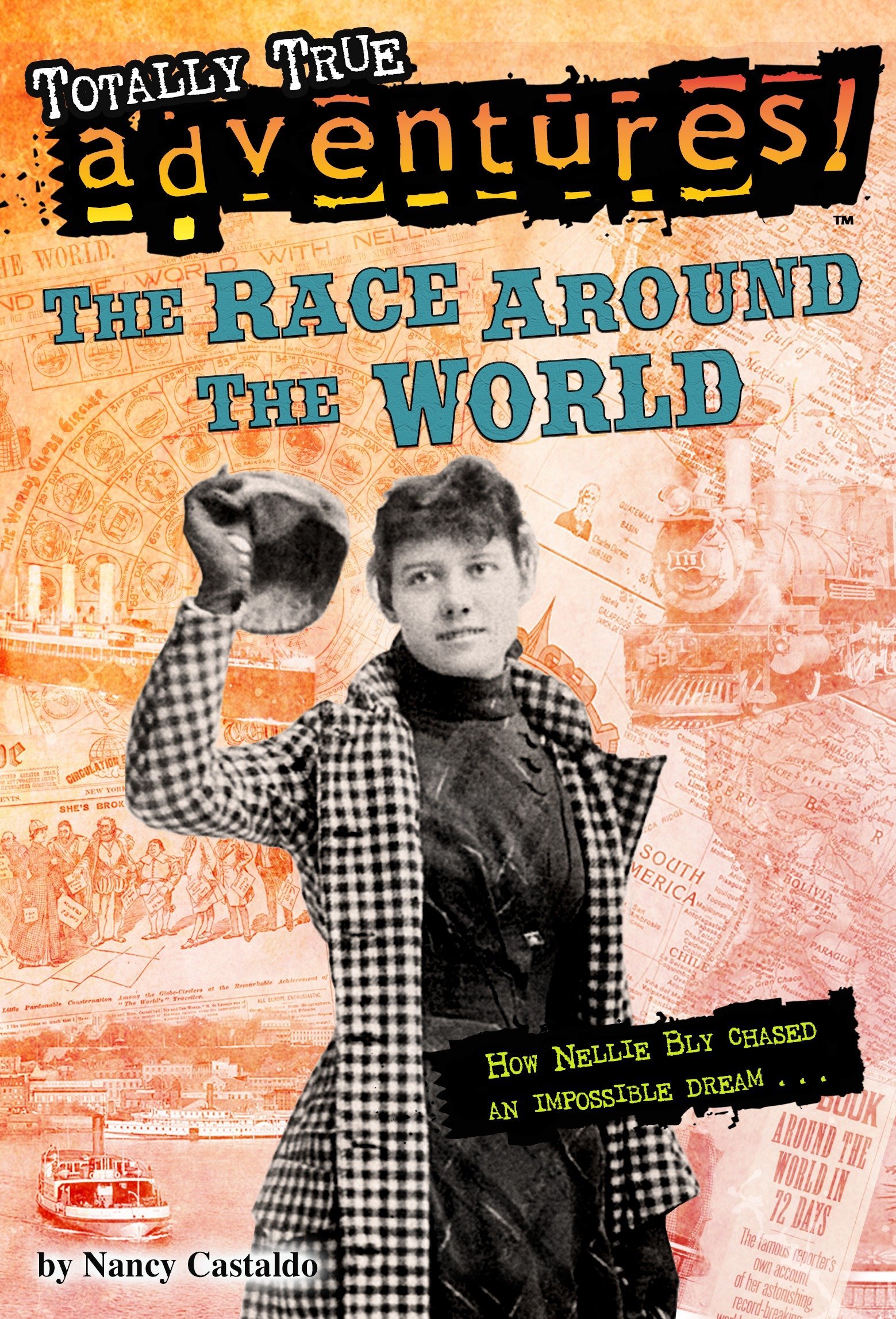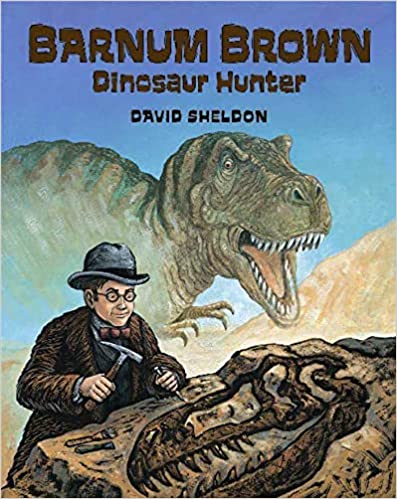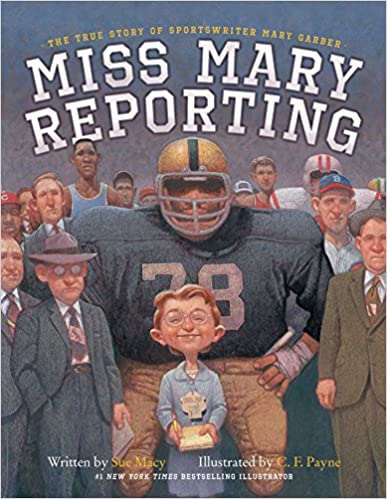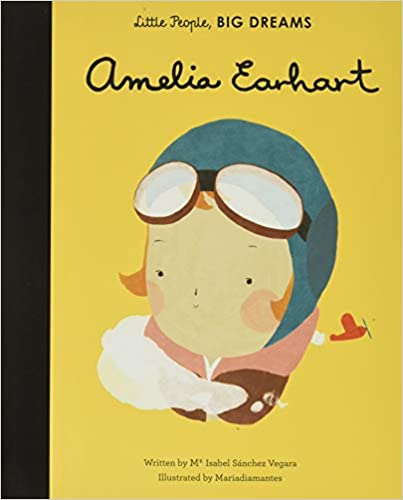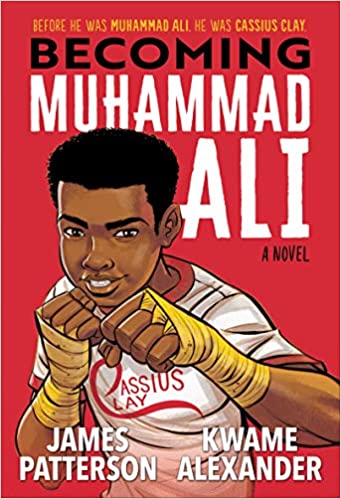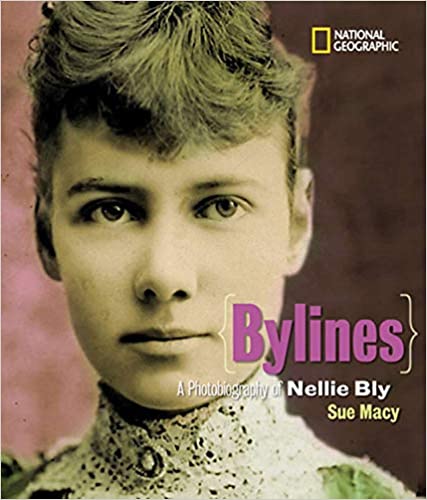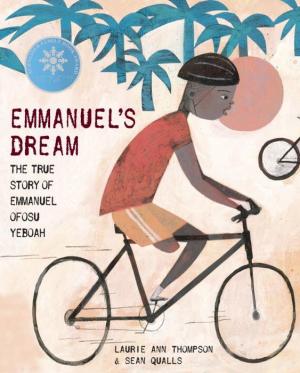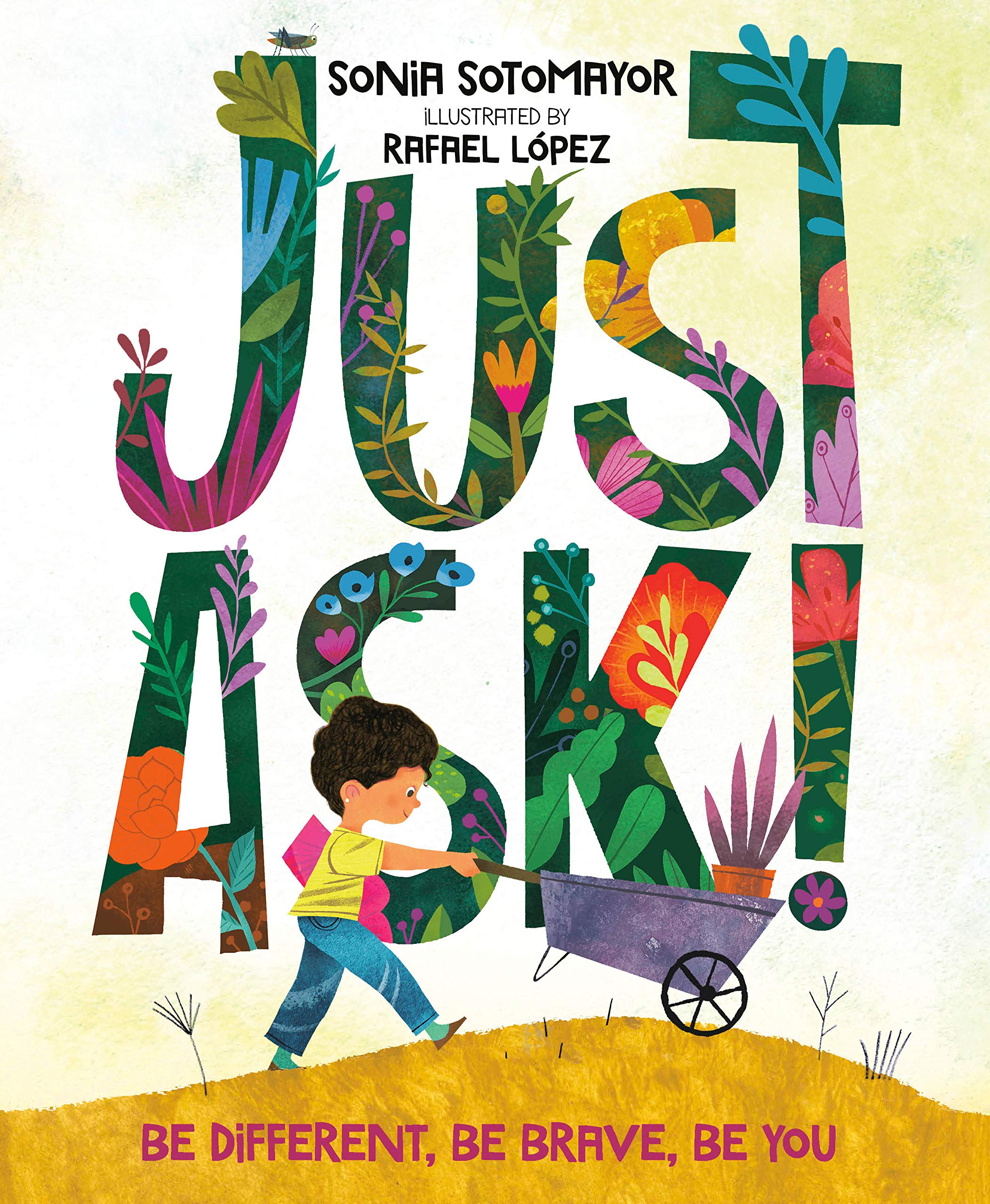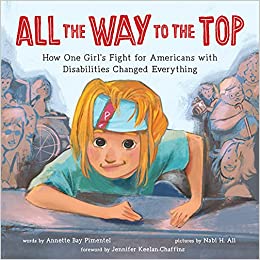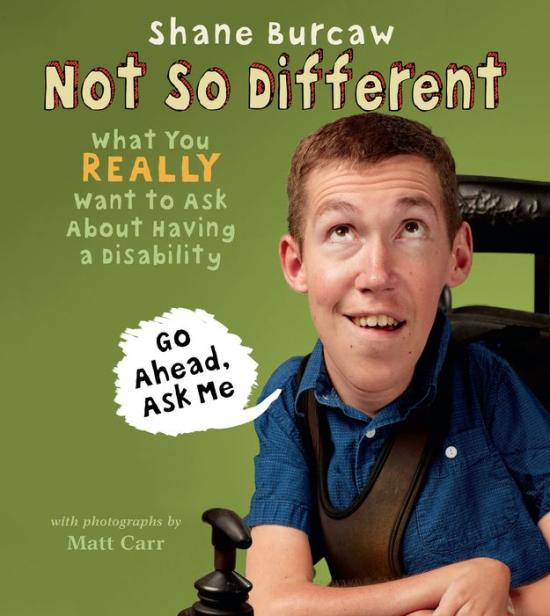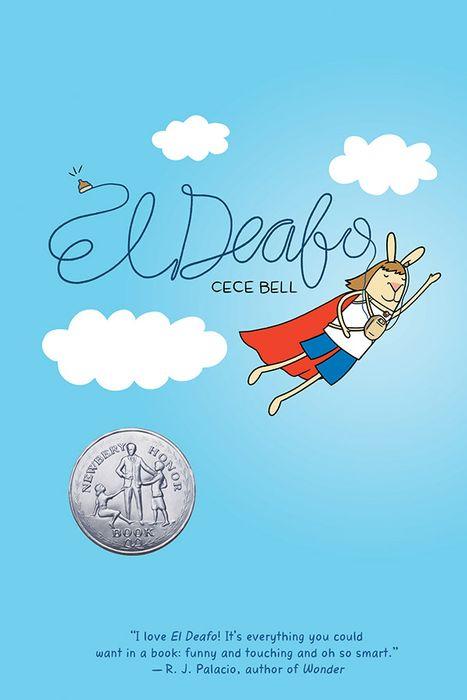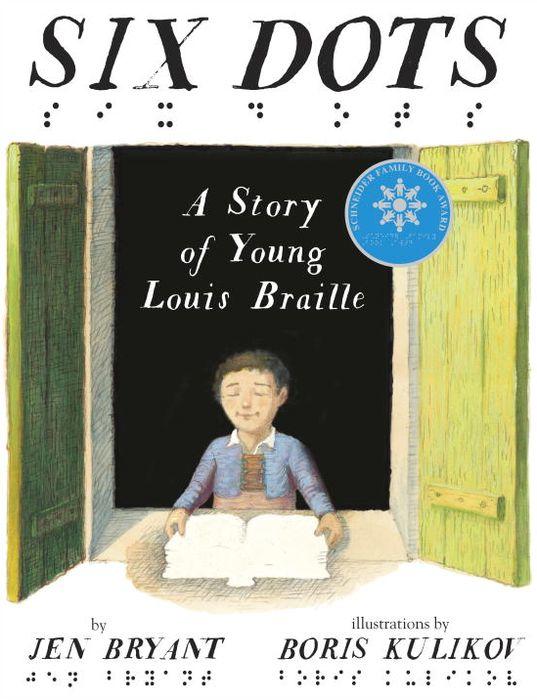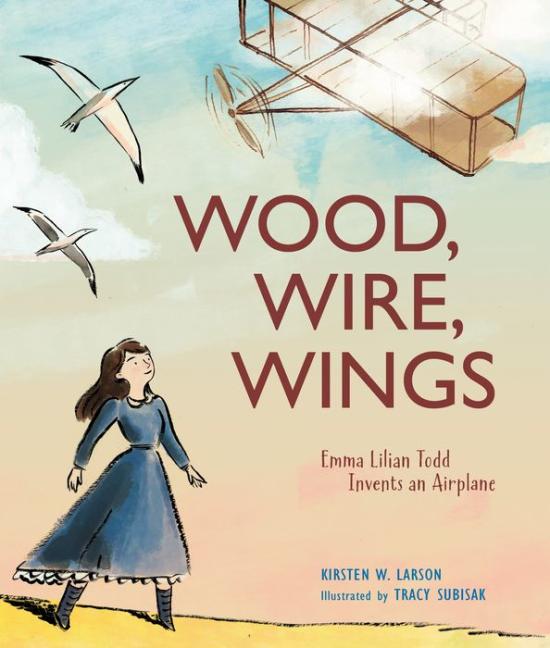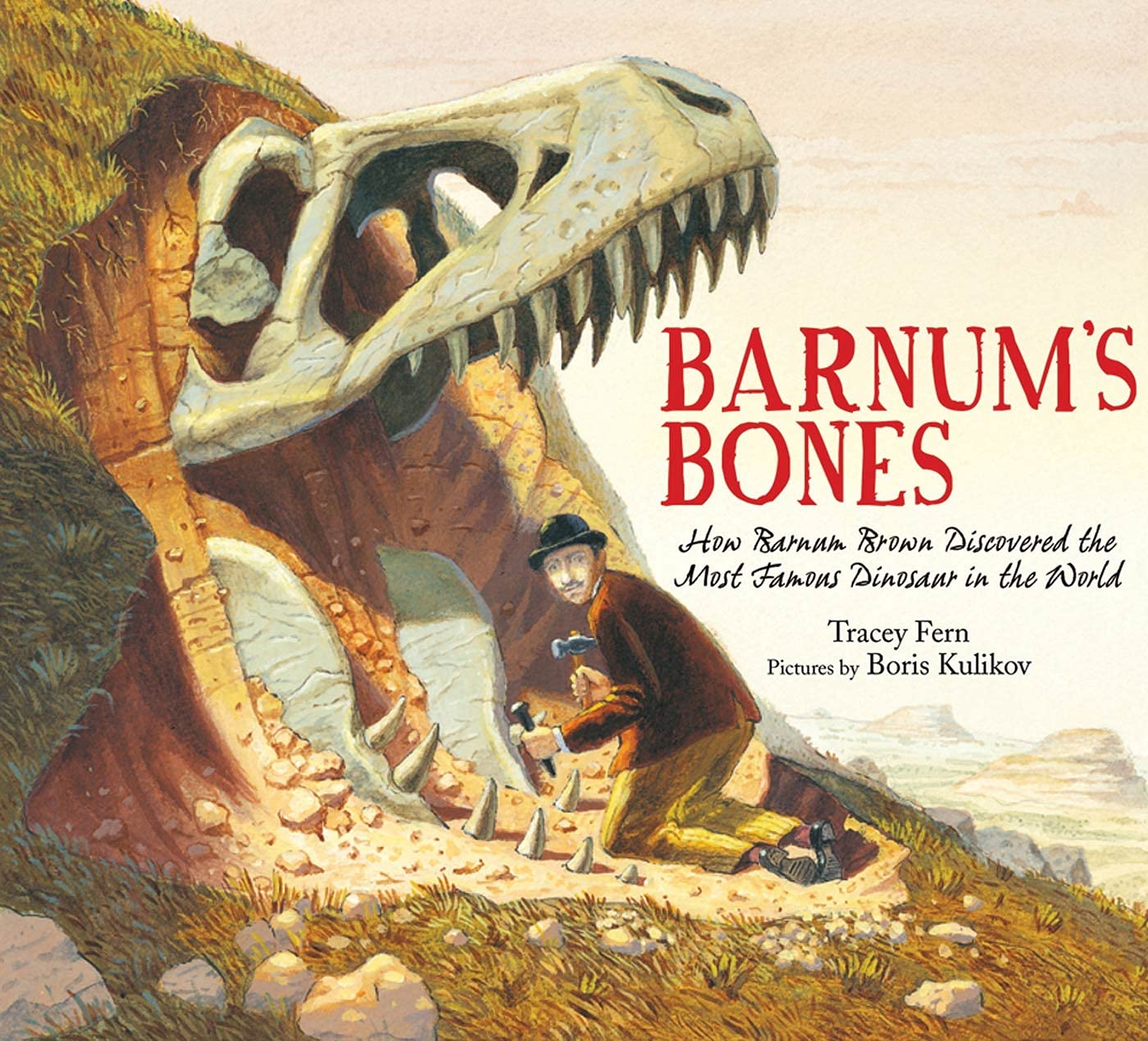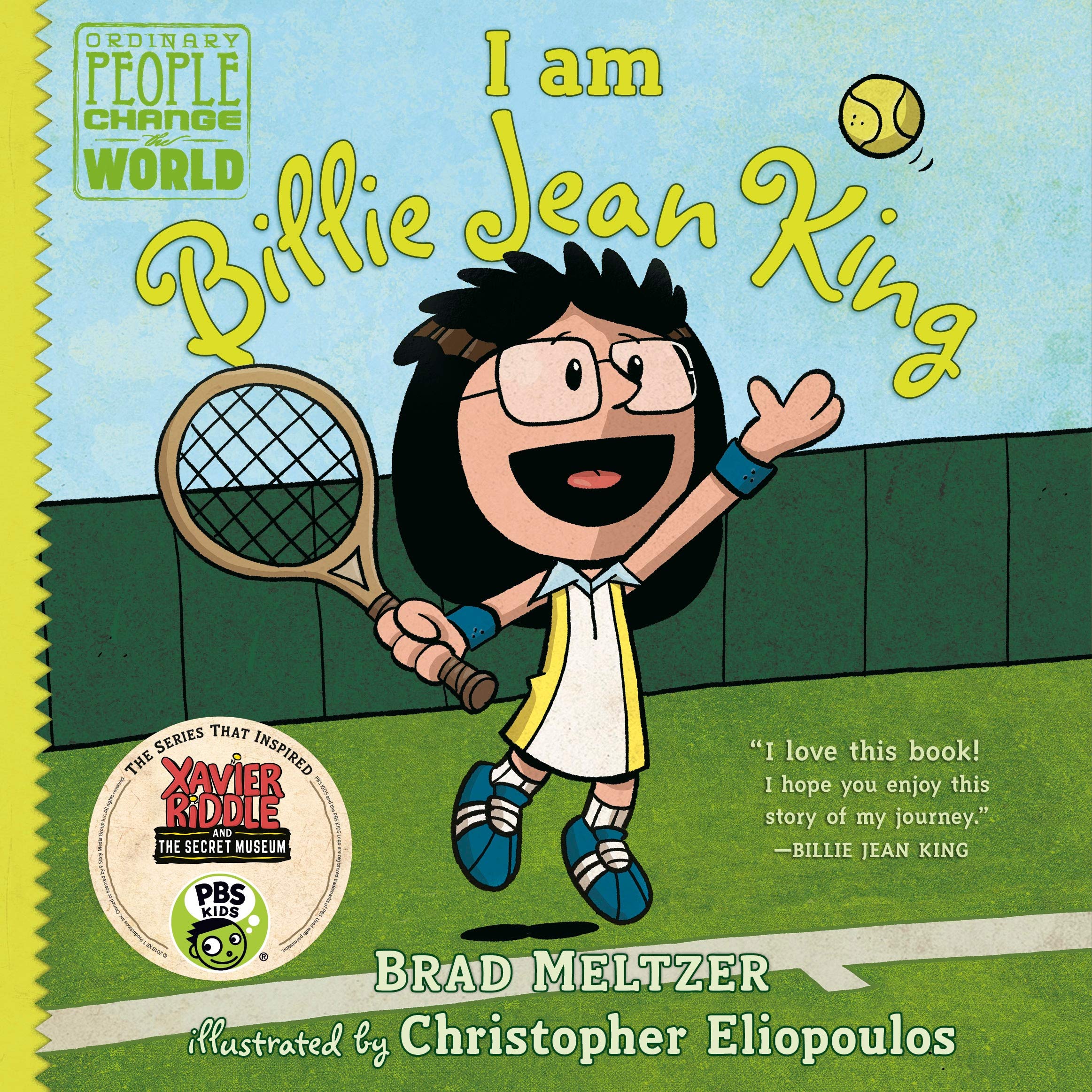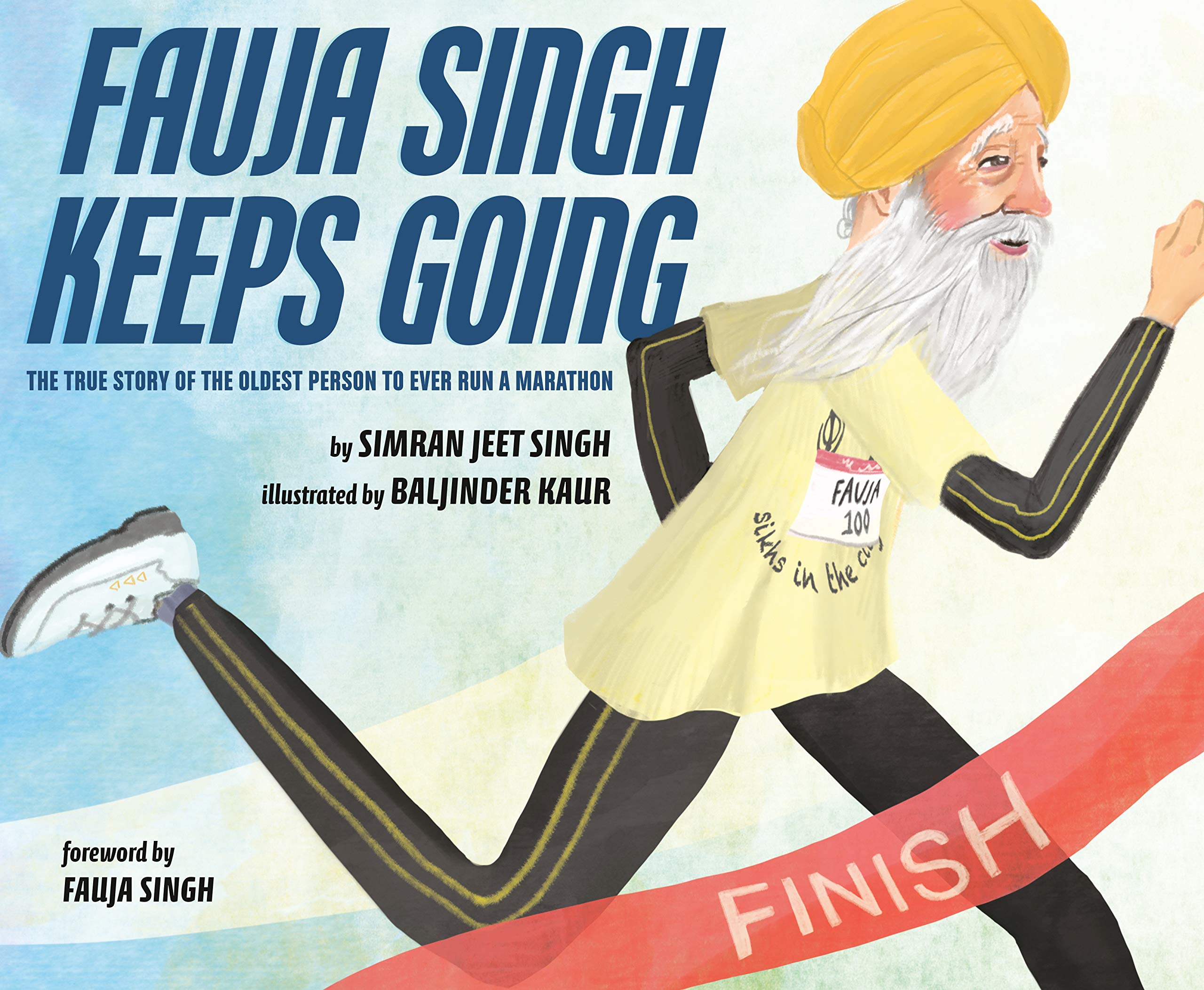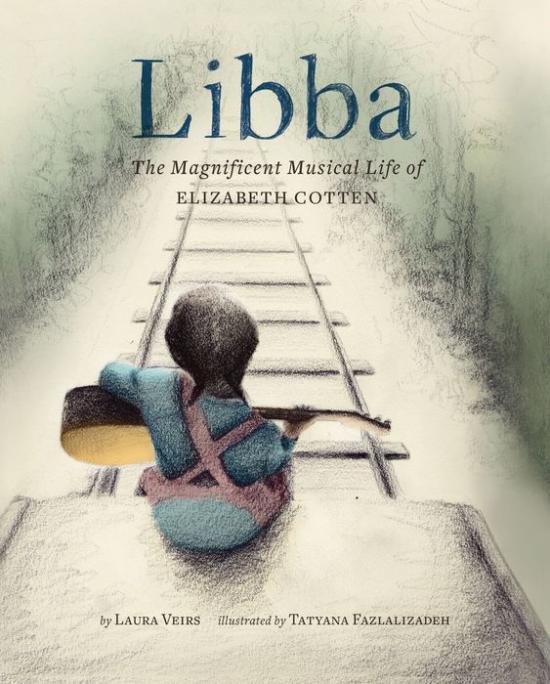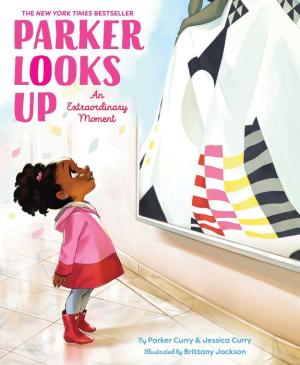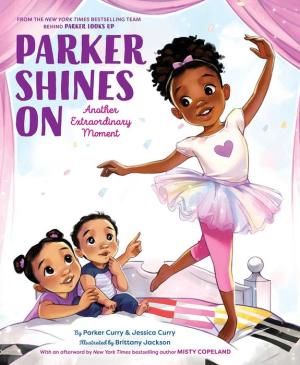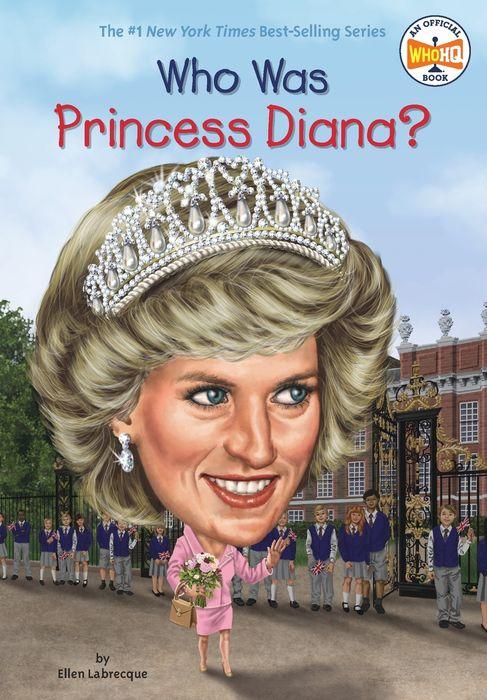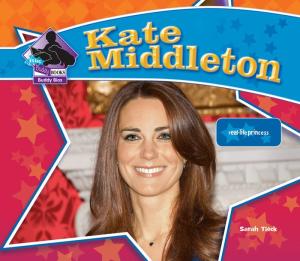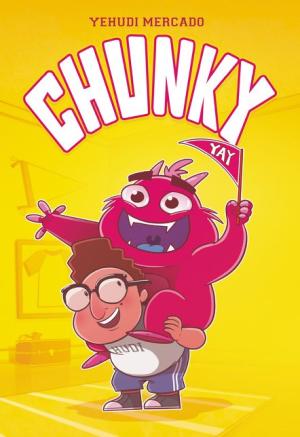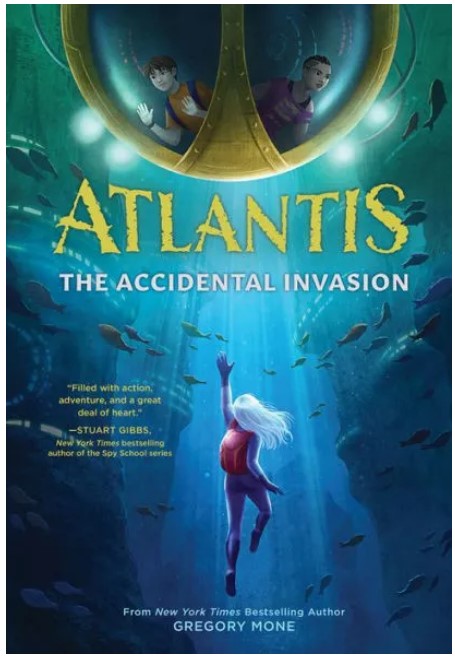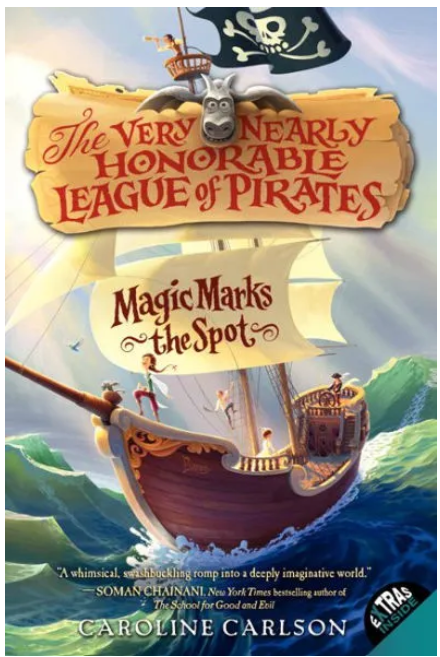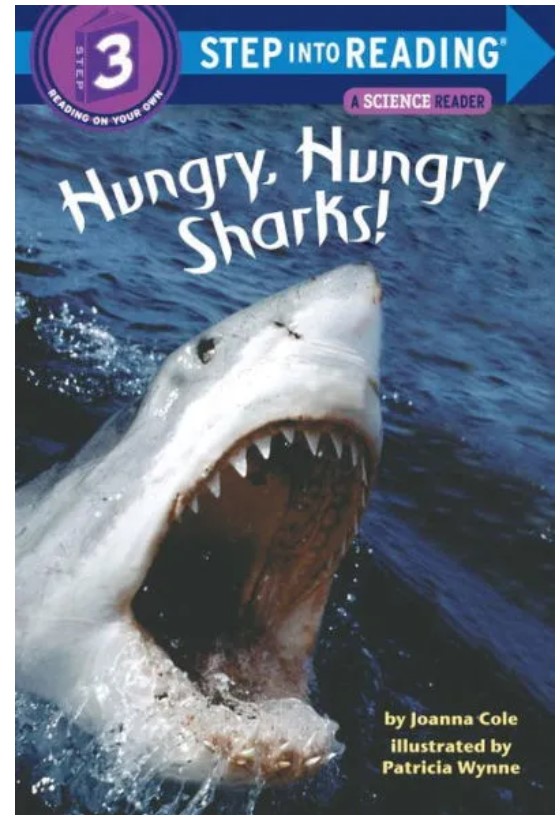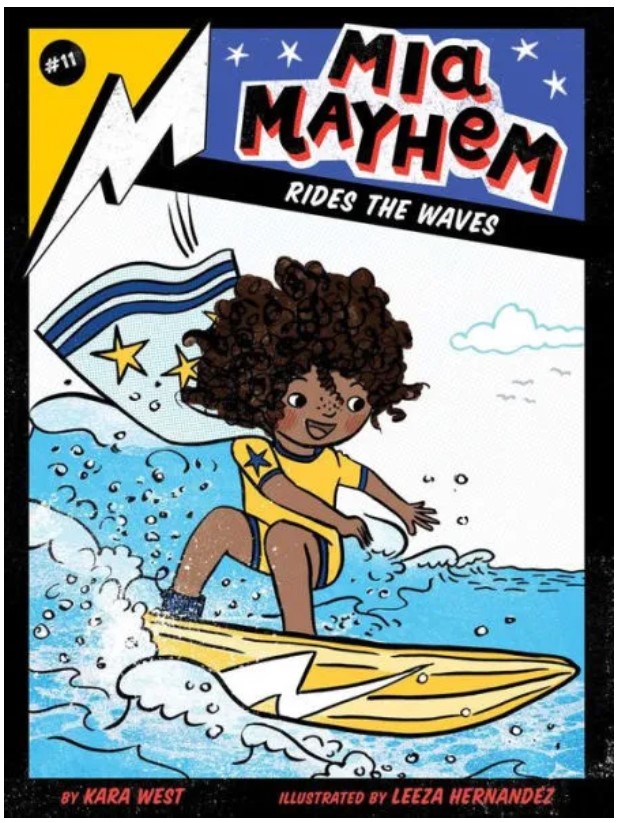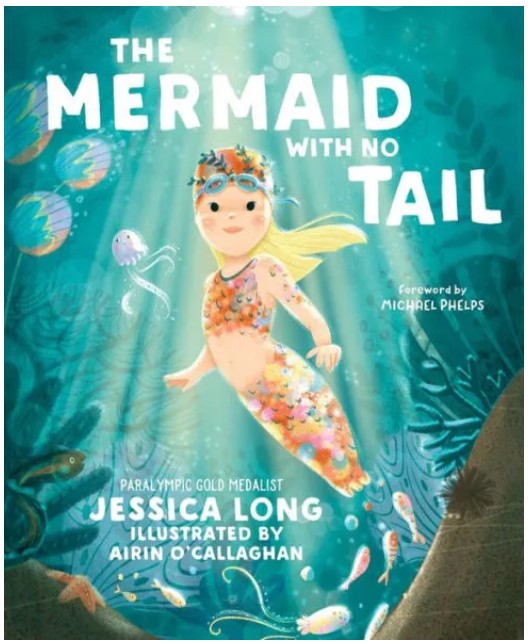When James Bond was still in diapers, Virginia Hall was behind enemy lines, playing a dangerous game of cat and mouse with Hitler’s henchmen. Did she have second thoughts after a terrible accident left her needing a wooden leg? Please. Virginia Hall was the baddest broad in any room she walked into. When the State Department proved to be a sexist boys’ club that wouldn’t let her in, she gave the finger to society’s expectations of women and became a spy for the British. This boss lady helped arm and train the French Resistance and organized sabotage missions. There was just one problem: the Butcher of Lyon, a notorious Gestapo commander, was after her. But, hey—Virginia’s classmates didn’t call her the Fighting Blade for nothing.
So how does a girl who was a pirate in the school play, spent her childhood summers milking goats, and rocked it on the hockey field end up becoming the Gestapo’s most wanted spy? Audacious, irreverent, and fiercely feminist, Code Name Badass is for anyone who doesn’t take no for an answer.
Code Name Badass chronicles Virginia Hall’s fight against societal norms and the Nazis. Hall’s experience highlights the amazing power of perseverance, bravery, and never taking no for an answer. As part of the French Resistance movement, Hall faced constant danger. However, she never stopped fighting.
With historical photos and excerpts from historical documents, Code Name Badass brings the women who helped win World War II to light. A list of other exceptional women spies appears at the back of the book along with a long list of resources that Demetrios utilized. While Hall’s story is motivating, Demetrios’ tone and constant reminders of sexism become a little off-putting. For example, Demetrios writes, “Dindy (Hall’s nickname) had a lot of luck. Buckets of it. She had a lot of bad luck, too, but, with one major exception, that bad luck stemmed only from the fact that she had a vagina.”
Readers who love history, especially World War II history, will find Code Name Badass full of little-known facts. While Hall’s story is interesting, it is not for the weak of heart. The brutality of the Germans is repeatedly described, and many of Hall’s contacts lost their lives because of the Germans’ cruelty. Because of the book’s difficult vocabulary and detailed descriptions, Code Name Badass is not the book for readers looking for a light, entertaining historical fiction book. However, anyone interested in spycraft, World War II, or the women who have impacted our world will find Code Name Badass informative and interesting.
Sexual Content
- While discussing Dindy’s “badassery,” Demetrios writes: “Never take no for an answer. (Unless someone says they don’t want to have sex with you, kiss you, be touched by you, etc. Then no means no.)”
- During wartime, women were sexually assaulted and raped as “a key strategy” to breaking down “civilians and combatants alike.”
- During the French occupation, Germans visited brothels.
- One double agent was known to keep mistresses.
- One female agent “got knocked up in the field” by another agent.
- Another female agent “drove one agent so batty with love that he literally threw himself into the Danube, intending suicide.” The agent was known to cheat on her husband with “sexy spy guys.”
Violence
- During a hunting expedition, Dindy accidentally shot herself. “The shell ripped into her left foot, tearing past the skin and driving through cartilage and bone. Virginia collapsed, staring down at what had once been called a foot.” Dindy’s foot is amputated.
- During the Battle of France, “Bullets started flying, bombs began to drop, and shit got real. . .” Dindy helped by becoming an ambulance driver, who “saw men dying around her every day in the most horrible of ways, the soil once again being soaked with French blood.”
- During the battle, roads were bombed, “caring little that the dusty streets and highways and country lanes were filled with refugees who were desperate to get away from the fighting.”
- During World War II, “the French government would cut off your head if you had an abortion.”
- During the war, William Simpson was “shot down” and sustained “terrible burns and los[t] both hands.”
- Resistance fighters “killed a Gestapo agent, then dumped the body on the steps of [the Germans’] headquarters with a note: ‘With the compliments of British Intelligence.’”
- Dindy has dinner with Olivier, another spy. The restaurant’s “door crashes open, and a dozen gendarmes swam in, guns, batons, or haughty chins raised. Screams fill the café, and glass shatters as tables are overturned and precious rationed food and drink fall to the floor. . .” With help, both spies escape.
- The Gestapo was cruel to prisoners: “Dogs let loose on prisoners, fingernails pried off, prisoners tied up with spiked handcuffs. . . Agents and Resistance fighters were often tortured for information.”
- Dindy’s supervisors told Dindy that a “dangerous man” had infiltrated her group. The supervisor told Dindy “she was fully authorized to have him disposed of as neatly as possible.”
- Two men put their family on a ship heading to England. “Their parents, wives, and Alfred’s three children all drowned when their ship . . . was torpedoed by the Germans.”
- The book mentions people who were killed by the Germans. Most accounts are not graphic. For example, according to Dindy, “the Germans had gotten all ancient Rome on the Resistance, skewering their bodies on iron posts as a warning to all.”
- Several agents were “brutally murdered in the Dachau concentration camp. . . all three were shot in the back of the head, then their bodies shoved into the camp’s crematoriums.”
- One man refused to do the Germans’ biddings. The man “tried to cut his throat rather than bend his will.”
- If Dindy and her crew saw Germans lurking around, they would kill the Germans. “One story has it that Dindy’s boys would drop German bodies in the Lignon River after they’d done away with them.”
- One spy was captured and “he was beaten, tortured, and then shipped off to Buchenwald, where he suffocated and died in a cattle car stuffed with more than 150 prisoners.” Another captured spy “had her front teeth knocked out and her arm broken.”
- Gestapo agent Klaus Barbie was brutal. “His accusers testified about Barbie raping female inmates in the presence of not only other guards, but also of the Resistance members waiting in the hallway to get tortured . . . Barbie encouraged German shepherds to chase naked women around their cells; each time the women were viciously bitten, Barbie would laugh maniacally. He beat children.”
- Spy Odette Sanson “underwent fourteen Gestapo interrogations. . . was held captive by the Germans for two years. . . they branded her back with a hot iron and pulled out all her toenails.”
Drugs and Alcohol
- Occasionally, the book mentions adults drinking alcohol. For example, during prohibition, Dindy traveled to Europe where she could “enjoy oodles of wine.”
- After accidentally shooting herself, Dindy was given morphine in the hospital.
- Spies were given cyanide pills to use “on themselves or others.”
- To help agents’ stamina, they were issued amphetamines. “For Dindy, popping those bitter-tasting blue Benzedrine pills was sometimes the only way she could juggle the revolving door of agents, Resistance workers. . . who knocked on her door, day and night.”
- Dindy loved to drink “gin and Italians, a mix of gin and vermouth.”
Language
- Profanity is used often. Profanity includes ass, bastard, bitch, dumbass, damn, dicked, pussy, fuck, hell, and shit.
- When Dindy was nineteen, she “became engaged to a complete douchebag.”
- Gaulle was a “total dick when it came to how he treated the foreign agents.”
- Klaus Barbie, an evil Gestapo agent, “was a real motherfucker.”
Supernatural
- After accidentally shooting herself, Dindy “insisted until her dying day that on ‘several occasions’ her deceased father, Edwin Hall, came to visit.”
Spiritual Content
- None
